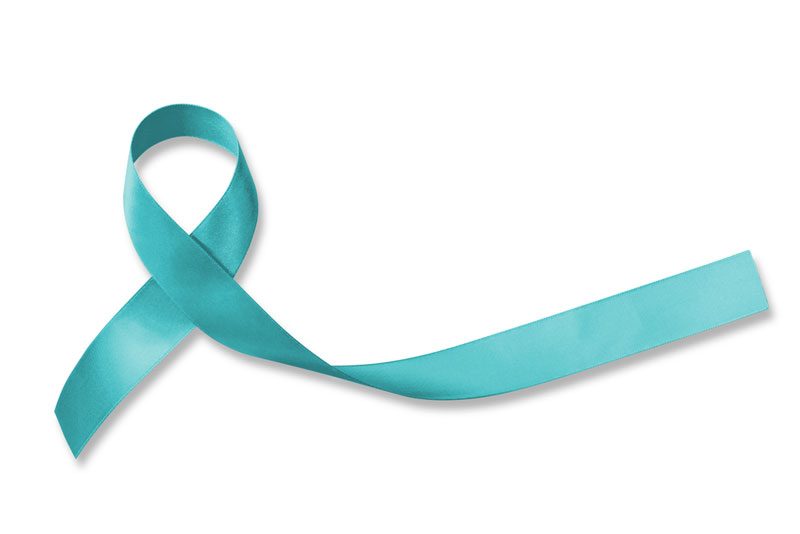
September is PCOS Awareness Month
PCOS awareness UtahWhat is PCOS?
Polycystic ovary syndrome affects approximately 5 million women in the United States, or about 4% of all reproductive-aged women. It is the most common hormone disorder in reproductive-aged women and is the leading cause of female infertility. It is one of the most treatable forms of infertility, yet patients often suffer from it too long because it is unrecognized or mistreated. Many patients are surprised to find that there are effective treatments available for virtually every symptom associated with the condition.
PCOS is a clinical diagnosis based on irregular ovulation and signs of excessive androgen (male-type hormones) effect. It is called a syndrome because it represents a constellation of clinical symptoms.The diagnosis cannot be established by a single symptom or clinical test alone. Individuals will present with an extreme variety of manifestations. The spectrum may range from women with occasionally skipped menses to women with no menses, suffering from hirsutism acne, diabetes, balding, skin pigmentation and the inability to lose weight no matter how many diets followed.
What Causes PCOS?
The syndrome is a result of a functional hormonal disorder or imbalance that disrupts ovarian function. Normally, the pituitary gland in the center of the brain releases follicle stimulating hormone (FSH) telling the ovaries to mature or “grow” an egg. An ovary complies by stimulating a follicle’s growth. The follicle begins as a small cyst less than 2 – 6 mm in diameter. Over the next 14 days, it grows to approximately 20 mm in diameter. Once mature, the follicle sends back a signal to the brain indicating it is ready for ovulation. The pituitary gland then sends out a pulse of luteinizing hormone (LH), telling the ovary to release or ovulate the egg. The follicle ruptures releasing the egg where the fallopian tube can potentially pick it up. PCOS occurs when the hormonal signals are not carried through. Thus, follicles do not grow and release the egg. Over time, these small follicles build up resulting in an ovary packed with multiple small cysts. The reason why the ovary fails to respond to the FSH is not well understood. It is believed that there are elevated “resistance factors” that inhibit the ovaries ability to function normally. Some of these resistance factors are the androgens and insulin-like growth factors.
These resistance factors are manifested in other areas of the body. Androgens in the skin cause hirsutism or male-type distribution of hair growth on the face, chest and abdomen. Increased activity in the oil gland of the hair follicle may also result in oily skin and acne. Nearly 70% of patients with PCOS have some degree of insulin resistance. Excess body weight and obesity are commonly known stimulants to both elevated androgen levels and insulin resistance.
How is PCOS Treated?
The most important concept in treating PCOS is first determining what symptom you desire to treat. The medicinal treatments for PCOS can be directed at a specific symptom or combined to treat several complaints. Chart below shows common treatments and medications for symptoms associated with PCOS:
1) Restoring normal menstrual cycles: Oral Contraception
2) Reducing symptoms of excess hair growth or oily skin: Oral Contraception, Diuretic (Spironolactone)
3) Restoring normal fertility: Metformin, Rosiglitazone, Clomiphene citrate, Gonadotripins
4) Weight reduction: Metformin, Rosiglitazone
Virtually every patient with PCOS can be treated effectively. Because the symptoms are so diverse, no single treatment fits all conditions. It is essential to recognize the syndrome, determine the desired treatment goals and develop an appropriate treatment plan to achieve those goals.






